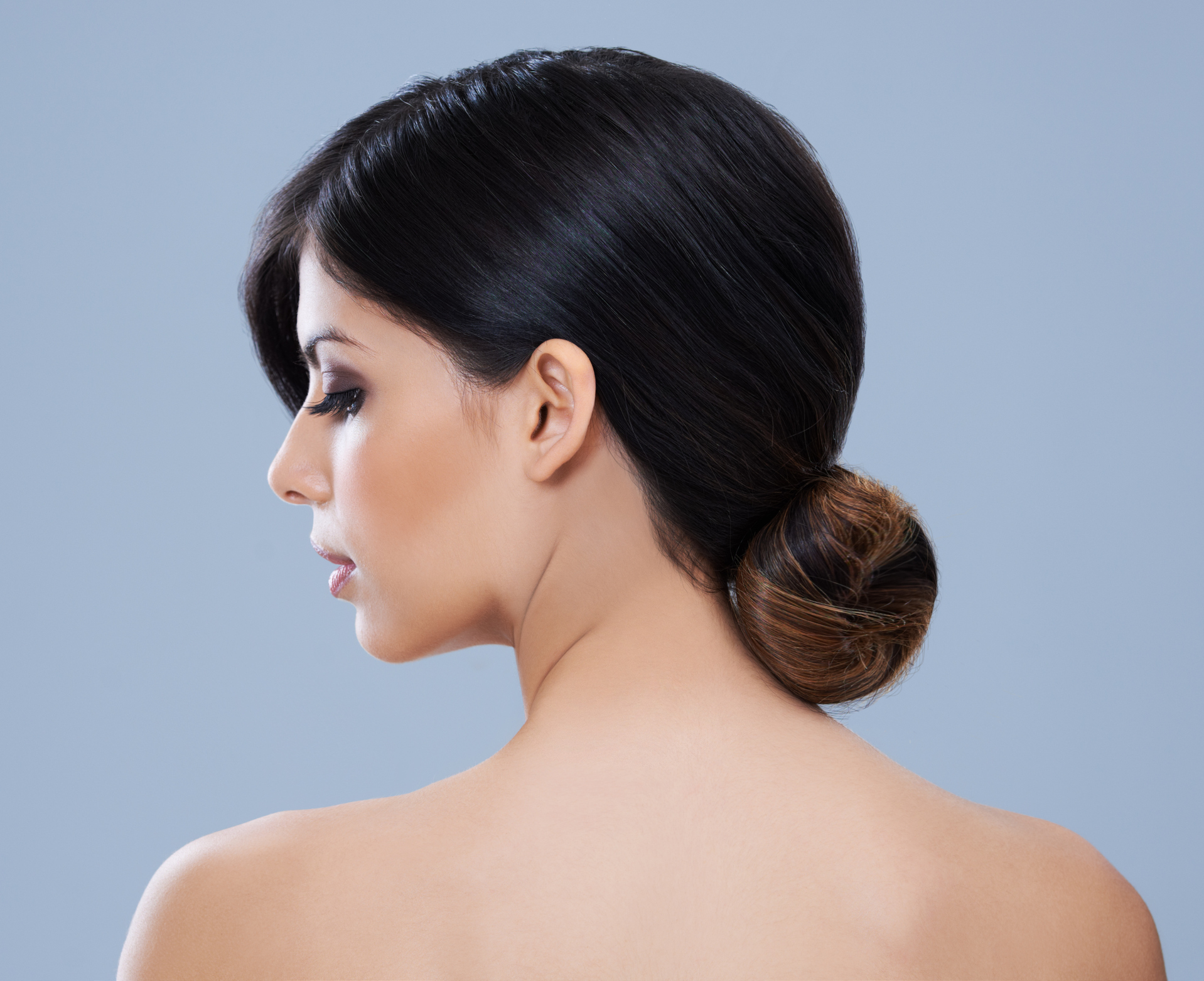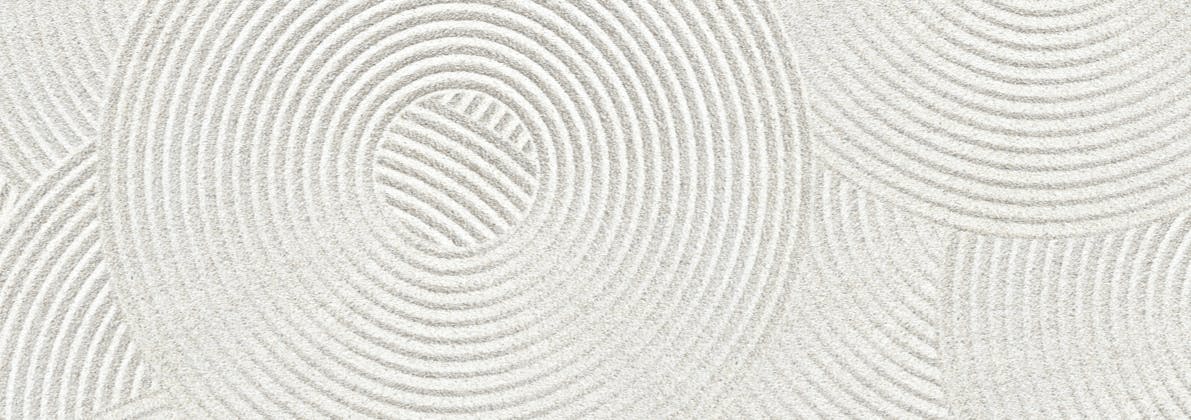
Rhinoplasty, commonly known as a "nose job," is one of the most popular plastic surgery procedures worldwide. While it is often associated with aesthetic enhancements—reshaping the nose for a more balanced facial appearance—rhinoplasty can also serve an essential functional purpose: improving breathing. This dual capability raises the question: is rhinoplasty just a cosmetic procedure, or can it improve breathing? The answer is multifaceted, involving both the anatomical intricacies of the nose and the surgeon's expertise. In this blog post, we'll explore how rhinoplasty can address functional issues, the balance between cosmetic and functional outcomes, and what patients should consider when seeking rhinoplasty for breathing improvement.
Understanding the Nose's Structure and Function
To appreciate how rhinoplasty can affect breathing, it's essential first to understand the structure and function of the nose. The nose is not just a central feature of the face; it's also a complex organ responsible for filtering, warming, and humidifying the air we breathe. The nose comprises several key components that play a role in both its appearance and function:
- Nasal Septum: The nasal septum is the wall that separates the left and right nostrils. Ideally, the septum should be straight, allowing for equal airflow through both nostrils. However, many people have a deviated septum, where the septum is displaced to one side, causing breathing difficulties.
- Turbinates: These are bony structures covered in soft tissue that line the nasal passages. Turbinates help humidify and filter the air as it passes through the nose. Enlarged turbinates can obstruct airflow, leading to breathing problems.
- Nasal Valves: The nasal valves are the narrowest parts of the nasal airway and play a critical role in regulating airflow. Weak or collapsed nasal valves can cause significant breathing difficulties.
- External Nasal Framework: The external shape and structure of the nose, including the bridge and tip, can influence both the nose's appearance and its function. For example, a drooping nasal tip or a hump on the bridge can affect airflow.
Rhinoplasty for Functional Improvement: Beyond Cosmetic Enhancement
While many people seek rhinoplasty for aesthetic reasons, some patients pursue the procedure to address functional issues that impair their ability to breathe. Functional rhinoplasty focuses on correcting structural abnormalities that hinder normal airflow through the nose. Let's explore some of the common functional issues that rhinoplasty can address:
- Deviated Septum: A deviated septum is one of the most common reasons people seek rhinoplasty for functional purposes. When the nasal septum is crooked or off-center, it can block one or both nasal passages, making it difficult to breathe through the nose. This condition can be congenital (present at birth) or result from trauma, such as a sports injury or accident.
How Rhinoplasty Helps: During a functional rhinoplasty, the surgeon can perform a septoplasty, which involves straightening the deviated septum. By repositioning the septum to the center of the nose, the surgeon can open up the nasal passages, allowing for better airflow and improved breathing. Septoplasty is often combined with other aspects of rhinoplasty to achieve both functional and cosmetic goals. - Enlarged Turbinates: Enlarged turbinates, particularly the inferior turbinates, can obstruct airflow and contribute to chronic nasal congestion. This condition can be caused by allergies, chronic sinusitis, or other factors that lead to inflammation of the turbinates.
How Rhinoplasty Helps: During rhinoplasty, the surgeon can reduce the size of the turbinates through a procedure known as turbinate reduction. By carefully reducing the turbinates' size, the surgeon can improve nasal airflow without compromising their function. This can lead to significant relief from chronic nasal congestion and improved breathing. - Nasal Valve Collapse: Nasal valve collapse occurs when the narrowest part of the nasal airway (the internal or external nasal valve) weakens or collapses, leading to difficulty breathing through the nose. This condition can be congenital, or it can develop as a result of previous nasal surgery or trauma.
How Rhinoplasty Helps: Rhinoplasty can address nasal valve collapse by reinforcing the nasal valves with cartilage grafts or by adjusting the shape of the nose to provide better support to the nasal valves. This can dramatically improve airflow through the nose and enhance breathing. - Nasal Trauma and Fractures: Nasal trauma, such as a broken nose, can lead to both cosmetic deformities and functional problems, including breathing difficulties. A fractured nose can cause a deviated septum, displaced nasal bones, or damage to the nasal cartilage.
How Rhinoplasty Helps
In cases of nasal trauma, rhinoplasty can repair the damage by realigning the nasal bones, straightening the septum, and restoring the nose's normal structure. This not only improves the appearance but also helps restore normal breathing function.
Balancing Aesthetic and Functional Goals
One of the unique aspects of rhinoplasty is its ability to address cosmetic and functional concerns. For many patients, the ideal outcome is a nose that not only looks better but also functions better. Achieving this balance requires a surgeon with specialized training and experience in both the aesthetic and functional aspects of nasal surgery.
The Importance of a Customized Approach
Every nose is unique, and so are the needs and goals of each patient. Whether the primary concern is improving breathing, enhancing appearance, or both, a customized approach is essential. During the consultation, a skilled surgeon will carefully evaluate the patient's nasal anatomy, discuss their goals, and develop a surgical plan tailored to their needs.
For patients seeking both cosmetic and functional improvements, the surgeon will need to consider how changes to the external appearance of the nose will affect its function, and vice versa. For example, while reducing the size of the nose may achieve a more aesthetically pleasing appearance, the surgeon must also ensure that the nasal passages remain open and that the nasal valves are adequately supported to maintain good airflow.
Combining Procedures for Optimal Results
In many cases, functional rhinoplasty is combined with cosmetic rhinoplasty to achieve the best possible outcome. This is called a "septorhinoplasty" when septoplasty is performed alongside cosmetic changes. For patients with multiple functional issues, such as a deviated septum and enlarged turbinates, the surgeon may need to perform several procedures during the same surgery.
Combining procedures can also be more cost-effective and convenient for patients, allowing them to address their concerns in a single surgery with one recovery period. However, it's crucial for patients to have realistic expectations and understand that the primary goal of functional rhinoplasty is to improve breathing, with cosmetic changes as a secondary consideration.
Recovery and Results: What to Expect
Whether rhinoplasty is performed for cosmetic, functional, or combined reasons, recovery is a crucial part of the process. Understanding what to expect during recovery can help patients prepare for the journey and ensure the best possible outcome.
Initial Recovery Period
The initial recovery period following rhinoplasty typically lasts about one to two weeks. During this time, patients can expect some swelling, bruising, and discomfort, especially around the eyes and nose. It's important to follow the surgeon's postoperative care instructions closely, which may include using cold compresses, keeping the head elevated, and avoiding strenuous activities.
For patients who undergo functional rhinoplasty to improve breathing, it may take a few weeks for the full benefits to become apparent. Initially, there may be some congestion and stuffiness due to swelling, but this should gradually improve as the healing process continues.
Long-Term Results
The long-term results of rhinoplasty, whether for cosmetic or functional purposes, can be life-changing. For patients who have struggled with breathing issues for years, the improvement in airflow can lead to a significant enhancement in quality of life. They may find it easier to engage in physical activities, sleep better at night, and experience fewer sinus-related issues.
In terms of appearance, the final cosmetic results of rhinoplasty will become apparent over several months as the swelling subsides and the tissues settle into their new shape. Patients should have realistic expectations and understand that while the changes may be subtle, they can have a profound impact on overall facial harmony and self-confidence.

Who Is a Good Candidate for Functional Rhinoplasty?
Functional rhinoplasty is an excellent option for individuals who have difficulty breathing through their nose due to structural issues. However, not everyone is a suitable candidate for the procedure. Here are some factors that can determine whether someone is a good candidate for functional rhinoplasty:
- Breathing Problems: The primary indicator for functional rhinoplasty is a documented breathing issue, such as a deviated septum, nasal valve collapse, or chronic nasal congestion that has not responded to medical treatment.
- Overall Health: Candidates should be in good overall health and free from conditions that could complicate surgery or recovery. This includes managing any chronic conditions such as high blood pressure or diabetes.
- Realistic Expectations: Candidates need to have realistic expectations about the outcomes of rhinoplasty. While the procedure can significantly improve breathing and appearance, it may not result in absolute perfection.
- Non-Smokers: Smoking can interfere with the healing process and increase the risk of complications. Candidates are often advised to quit smoking several weeks before and after surgery.
- Emotional Stability: As with any surgery, it's important for candidates to be emotionally stable and to understand the potential risks and benefits of the procedure.
The Role of the Surgeon in Achieving Functional and Aesthetic Success
The success of rhinoplasty, especially when addressing both functional and aesthetic concerns, largely depends on the skill and experience of the surgeon. Patients should seek out a board-certified facial plastic surgeon who specializes in rhinoplasty and has a track record of successful outcomes in both functional and cosmetic cases.
During the consultation, the surgeon should perform a thorough evaluation of the patient's nasal structure and discuss their goals in detail. This includes taking measurements, examining the nasal passages, and potentially using imaging technology to visualize the internal structures of the nose.
A skilled surgeon will also be able to show patients before-and-after photos of previous rhinoplasty patients with similar concerns, giving them a realistic idea of what to expect. Clear communication between the patient and surgeon is essential to ensure that both parties are on the same page regarding the desired outcomes.
Conclusion
Rhinoplasty is far more than just a cosmetic procedure. While it is well-known for its ability to enhance the appearance of the nose and create facial harmony, it also plays a crucial role in improving breathing and addressing functional issues. For individuals with structural problems such as a deviated septum, enlarged turbinates, or nasal valve collapse, rhinoplasty can offer significant relief and improve quality of life.
Ultimately, whether rhinoplasty is performed for cosmetic, functional, or combined reasons, the key to a successful outcome lies in choosing an experienced surgeon who understands the delicate balance between form and function. With the right approach, rhinoplasty can provide a more aesthetically pleasing nose and a significant improvement in breathing, allowing patients to enjoy the best of both worlds.


